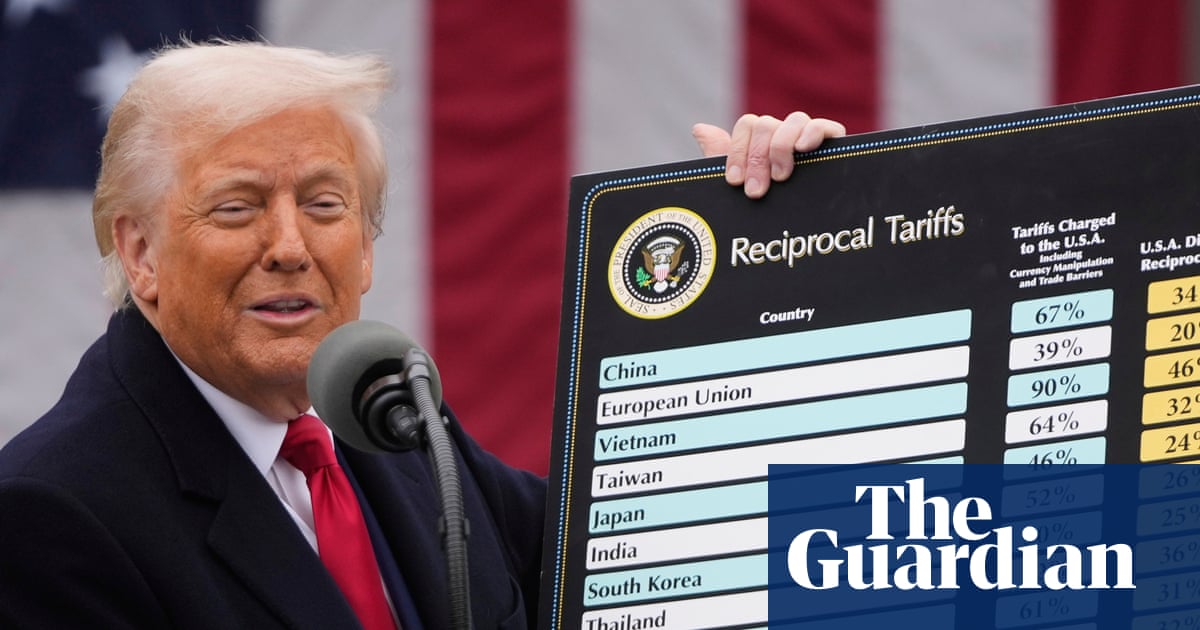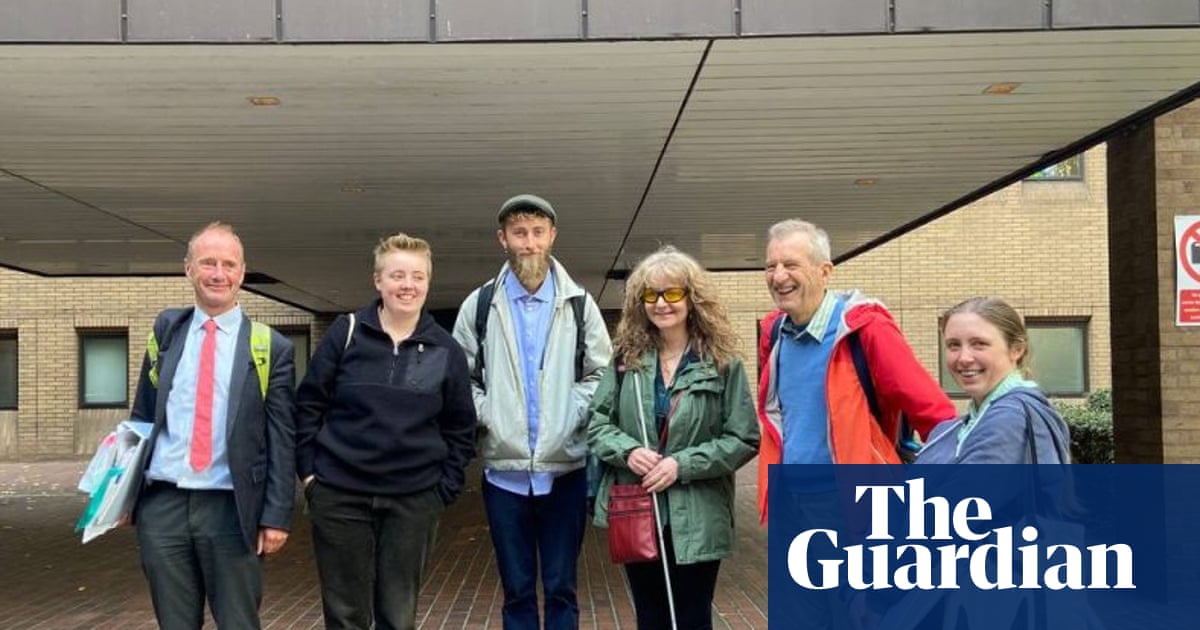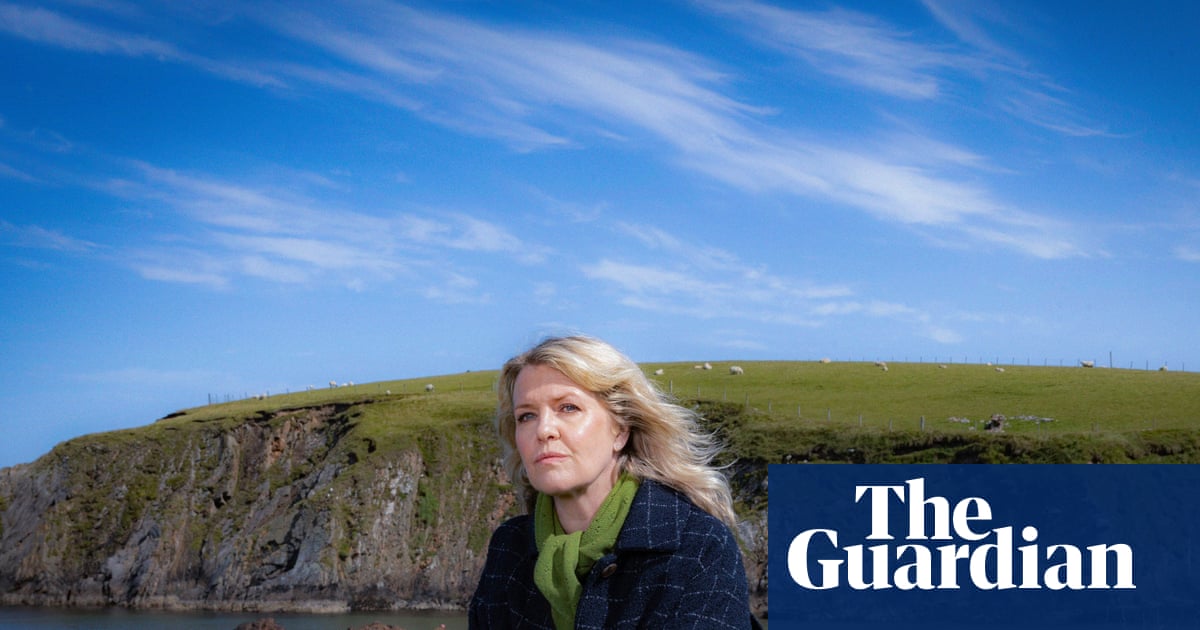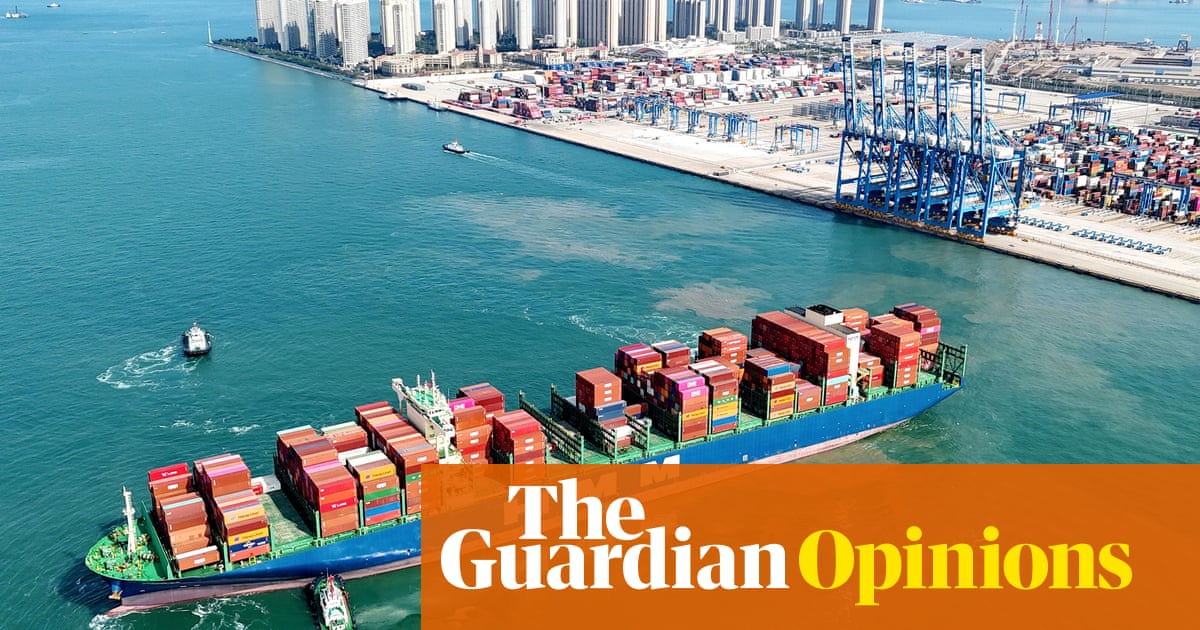More than 750,000 tonnes of liquid from landfills are mixed with sewage at water treatment works and spread on farmland across England each year, it can be revealed.
Generated by hundreds of landfills across the country, leachate – the liquid that drains through landfill waste carrying a cocktail of chemicals – is regularly tankered to sewage treatment works, where it mixes with domestic sewage and industrial effluent to create sludge, also described as “biosolids”.
The process produces treated liquid, discharged into rivers and seas, and solid sludge, sold by the water companies to farmers as fertiliser. But many toxic chemicals escape treatment, ending up in waterways or accumulating on fields. Currently all of England’s rivers fail to meet legal standards for chemical pollution.
Analysis by the Guardian and Watershed Investigations shows about 3.5m tonnes of leachate are generated each year, with more than 750,000 tonnes sent to sewage works unable to deal with chemicals found in leachate such as Pfas “forever chemicals”, some of which are carcinogenic, as well as PCBs, dioxins, flame retardants, solvents, endocrine disruptors, microplastics and other hazardous chemicals.
“Some of these wastes simply shouldn’t be going into sewage treatment works – it’s basically a form of laundering,” an Environment Agency source who did not wish to be named said. “You lose the leachate in bulkier material to dilute and disperse it.”
Forensic scientist and Pfas expert Dr Dave Megson said he was “amazed that this was happening”, having assumed it was only “a relatively minor practice” under strict controls.
“It seems like the whole system is out of control,” he said, saying that most sewage plants were designed for human waste, not chemical effluents, and that adding large volumes of leachate could “disrupt the efficiency of treatment sites” and make them less effective.
The EA source said: “What you really need is an upfront treatment facility … the level of treatment just isn’t there at most works. Pfas and similar chemicals just pass straight through.”
The analysis found about 1.7m tonnes of leachate received only basic biological treatment. Of the 750,000 tonnes sent to water company works and mixed with sewage, about 536,000 tonnes were treated this way. The volumes add strain to already overstretched plants, contributing to raw sewage spills into rivers and seas.
Megson said his “main concern is the toxic chemical load … passing through those sites and then directly into our food chain”. He said landfill leachate “can contain thousands of toxic chemicals. They were buried for a reason … we don’t want them in our wider environment.”
Instead of being “repackaged into fertiliser”, many chemicals survived treatment, were “reconcentrated into sludge and applied directly on to our food”, he added, calling
the situation “an absurd series of events” needing urgent intervention.
While leachate from some inert landfills may be harmless, others contain a toxic chemical mix. Operators do only basic monitoring, with no routine tests for Pfas and many other pollutants. Checks of the leachate when it arrives at the sewage treatment works are minimal, and sludge is still tested only for heavy metals under outdated 1989 rules, leaving most contaminants unregulated.
Leachate and sludge are locked in a cycle. It is sent to sewage plants as the cheapest disposal option – water companies are paid to take it and profit by selling the resulting sludge to farmers. Farmers accept it as cheap fertiliser; while the water sector relies on them because there are few alternatives.
The dependency is so entrenched that farmers once threatened a “sludge strike” over inheritance tax, though it never materialised. An EA source said cutting off leachate to sewage works overnight would trigger an “absolute crisis”, overwhelming specialist treatment facilities and forcing government intervention.
“Whichever policy government chooses to adopt, there’s going to be an impact somewhere,” they said. “It’s about trying to find a way through this, which doesn’t negate the fact that there is environmental harm being caused now.”
Historical and closed landfills are a significant problem because they generate leachate for decades, with the older ones leaching directly into the environment. Operators are supposed to set aside aftercare funds during the life of a site, but these pots are often limited. If disposal costs rise – for example if waste must be diverted to expensive hazardous treatment plants – funds could run out, leaving “orphan sites” with no one responsible for long-term management.
The figures reveal a striking regional imbalance in the amount of leachate generated. Landfills in the south-west reported 1,264,563 tonnes, followed by the north-west at 719,405 tonnes and the south-east (excluding London) with 500,835 tonnes.
Severn Trent Water and United Utilities’ works treat the most leachate, according to the analysis, with 447,000 and 156,000 tonnes reported received in 2023. Wessex Water (103,203), Southern Water (36,806), Northumbrian Water (16,484), South West Water (6,884) follow.
The Environment Agency source said some plants accepted leachate without the necessary permits, meaning sludge volumes probably exceed official figures: “There was a degree of designed ignorance – some companies turned a blind eye and waited for us to come to them.” The agency is now drafting standard rules permits for tankered liquid wastes but lacks the resources to bring all sites into line quickly.
Efforts are complicated by the five-year investment cycles of water companies, overseen by Ofwat. Even if ministers demanded tougher treatment standards tomorrow, water companies would not have the right technology in place for years.
A Water UK spokesperson said companies “treat waste in line with rules set by the government and the Environment Agency … that specify the type and level of residual chemicals” to be removed. But they called for a ban on “forever chemicals like Pfas”, backed by a national plan for removal and a “producer-responsibility scheme” so manufacturers fund clean-up and restoration.
The Environment Agency acknowledged that while some leachate was pretreated before going into the sewage system, some was directly discharged or tankered into sewage works, along with other industrial effluents and domestic sewage. A spokesperson said it was “working closely with the landfill industry and water companies to better understand the challenges these chemicals pose … including reviewing all tankered waste disposals at wastewater treatment works to ensure permit conditions protect the environment and are being met.”
Georgia Elliott-Smith of campaign group Fighting Dirty said: “The fate of toxic liquids oozing out of old landfill sites is an enormous dirty secret between landfill owners, the EA, and water companies.” She said that if, as the group suspected, authorities were failing in their duty to protect health and the environment, the group would pursue high court action “to force them to do the right thing”.
The sentiment is echoed by Dr Dan Drage of the University of Birmingham, who said much stricter upstream regulation was needed to ensure new chemicals were proved safe before mass production. Too often, he said, chemicals were marketed only for “their potential for harm” to emerge later, leaving “a complex and almost incomprehensible clean-up job” decades on.
Leachate, Drage said, contained persistent and toxic substances that, when sent to wastewater plants, were “effectively re-released” into the environment, risking contamination of waterways and agriculture and chronic exposure through food and drink.

 1 month ago
56
1 month ago
56

















































